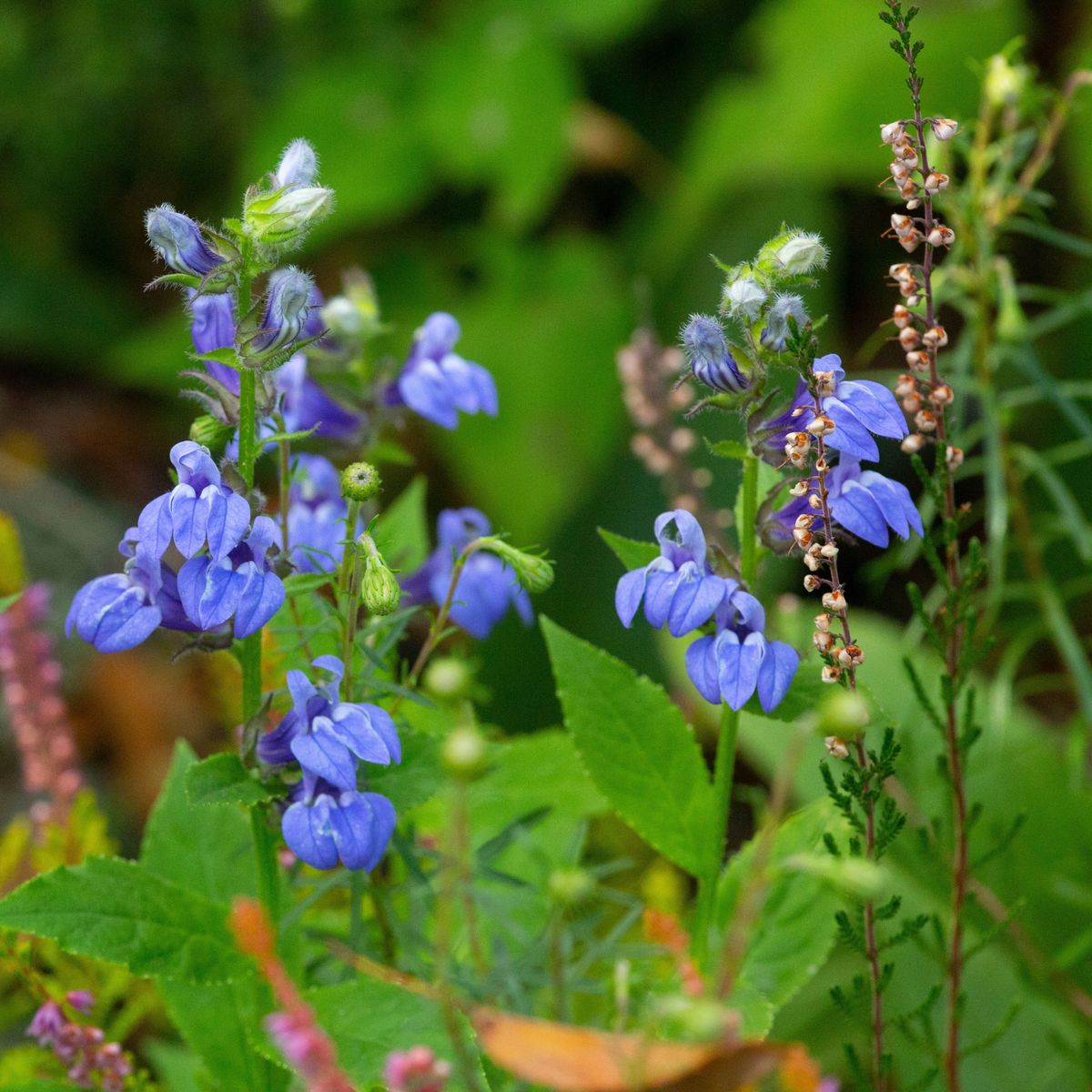ON GOLDEN POND
Adding a pond to a garden not only allows you to plant a fascinating range of beautiful aquatic plants, it also attracts a huge range of wildlife. You will be amazed by the influx of birds, dragonflies, and other interesting pond life.

The Challenge
The site was just a field when I arrived. My brief was to create a natural stretch of water where my client could keep fish and ducks.
Designing the garden
The ground was sloping, so when designing I had to give careful consideration to the levels of the land.
With the customer keen to keep ducks, I wanted to create an island in the middle of the pond. This offers the ducks a safe haven, away from four-legged predators. The island needs occasional maintenance and so I included a wooden jetty for mooring a boat.
The field has a natural spring. My design used this to create a stream that would carry water into the pond. No need then to keep topping it up in the summer!
Construction
If you are having excavation work in your garden, it needs to be done in a way that looks natural, as if it’s been there for years.
The excavation was needed to create the pond and I wanted to reuse the soil elsewhere in the field. Topsoil is expensive so you should always endeavor to reuse it.
The pond was dug 10 feet deep with shelves at varying depths to allow me to plant a variety of aquatic plants. It was lined with a thick rubber liner. You should always start with a protective layer when using a pond liner. This way you will reduce the risk of puncturing by sharp stones. I generally use sand, however, you can use old carpets or even blankets!
A ledge was built at water level, on which I placed natural stone. This means that when the pond is full of water you can’t see the liner around the edges. The water laps up against a rock, giving a really natural look.

Taylor’s Tips
• When planting for a pond remember that water lilies work best in still water. Keep them away from streams and fountains.
• Keep all your pond liner off-cuts. These can be used under rocks around the water’s edge to protect the liner from punctures.
• Ducks need to be able to get in and out of the pond easily, so create a shore. Do not be tempted to use sand because ducks’ feet are quite sharp and can pierce the pond lining. Instead, use flat stones that will not get dislodged and therefore offer more protection.
Contact Spidergarden.com











